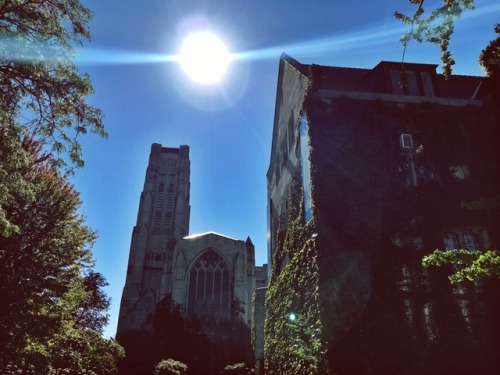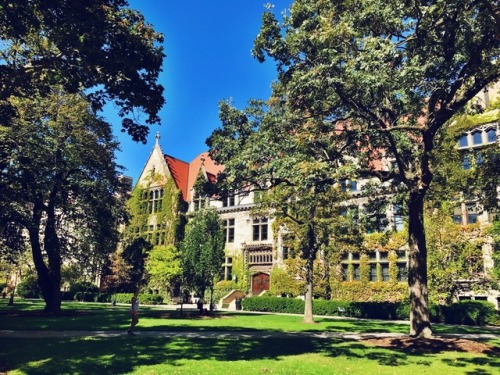#university of chicago
Gyroscopes lead scientists to unusual state of matter in a disorganized structure
You don’t have to be perfectly organized to pull off a wave, according to University of Chicago scientists.
Using a set of gyroscopes linked together, physicists explored the behavior of a material whose structure is arranged randomly, instead of an orderly lattice. They found they could set off one-way ripples around the edges, much like spectators in a sports arena – a “topological wave,” characteristic of a particularly unusual state of matter.
Published Jan. 15 in Nature Physics, the discovery offers new insight into the physics of collective motion and could one day have implications for electronics, optics or other technologies.
The team, led by Assoc. Prof. William Irvine, used gyroscopes – the top-like toys you played with as a kid – as a model system to explore physics. Because gyroscopes move in three dimensions, if you connect them with springs and spin them with motors, you can observe all kinds of things about the rules that govern how objects move together.
Two years ago, the team observed an odd behavior in their gyroscopes: at certain frequencies, they could set off a wave that traveled around the edges of the material in one direction only. This was strange, but had some counterparts in other branches of physics. It’s a behavior characteristic of a recently discovered state of matter called a topological insulator.
Post link
In a study published earlier this month in the Proceedings of the Royal Society B, scientists from the University of Chicago have shown for the first time that pectoral fins in at least one species of fish possess neurons and cells that are extremely sensitive to touch.

(A pictus catfish. Photo Credit: Adam Hardy, University of Chicago)
Of course, we are well aware of how sensitive and finely-tuned the human fingertip is, and how and even slight touches convey a great deal of information about our physical environment. It turns out that some fish use their pectoral fins in pretty much the same way.
The team studied the pictus catfish, a bottom-dweller from the Amazon River. Their question was simple: can fish feel things with their fins? Well, it looks like it!
Scientists used the flat end of a pin as well as a brush to stimulate the fish’s pectoral fins while measuring the resulting neural activity. They observed that not only the fish’s neurons responded to the touch, but they also conveyed information about the pressure being applied as well as the motion of the brush!

(A pictus catfish in motion. Gif source: ScienceLife University of Chicago)
There have been studies showing that fish possess the sense of proprioception, meaning they are aware of where their fins are relative to their bodies. This study however, is the first to show that fish fins can sense touch, and are able to sense light pressure and subtle motion, similar to mammalian skins.
“Like us, fish are able to feel the environment around them with their fins,“said Melina Hale, another one of the authors. "Touch sensation may allow fish to live in dim environments, using touch to navigate when vision is limited.”
An analysis of the cellular structures of the fin revealed the presence of cells that closely resemble Merkel cells, which are associated with nerve endings in the skin of mammals and are essential for touch.
The team is currently conducting the same experiment with other species of fish (like flounders), but they are confident that such sensitivity to touch exists in other bottom-dweller fishes, and could be useful in nocturnal or deep-sea environments as well.

IG: preambles

cowgirl (IG: preambles)
Black Firsts: Dr. Carla D. Hayden, U.S. Librarian of Congress (LISTEN)
Black Firsts: Dr. Carla D. Hayden, U.S. Librarian of Congress (LISTEN)
by Lori Lakin Hutcherson (@lakinhutcherson)
Today, GBN celebrates Dr. Carla D. Hayden who in 2016 became the first woman and first African American person to serve the nation as Librarian of Congress.
To read about Dr. Hayden, read on. To hear about her, press PLAY:
https://goodblacknews.org/wp-content/uploads/2022/04/042122GBNPADpodv2.mp3
[You can subscribe to the Good Black News Daily Drop…


@The Regenstein Library



“I love this place but I hate this place
True”
@The Regenstein Library

“Don’t stress
it will pass
:)”
@The Regenstein Library

“dum spiro spero”
“While I breathe, I hope”
~Cicero
Stay strong! You got this UChicago! <3


“Don’t give up!”
@The Regenstein Library
Power through that essay! Charge through that chapter! Remember: one more week and it’s officially Summer!!!

Btw, these aren’t my photographs if that wasn’t completely obvious…



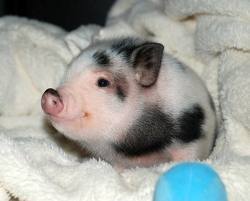


“Oh the sufferin” (LoL)
@The Regenstein Library
And @everywhere else on campus. But we’re almost done!!!
It’s the Finals Countdown!
Brought to you by UChicagoGraffiti and starting tomorrow, Monday, June 10th, 2013.
Only five more days!!!

The Regenstein Library book shelves open with the power of the force.
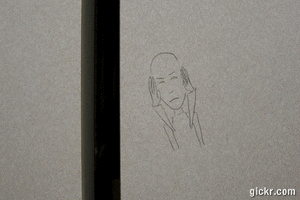
My Gif won’t loop :*(
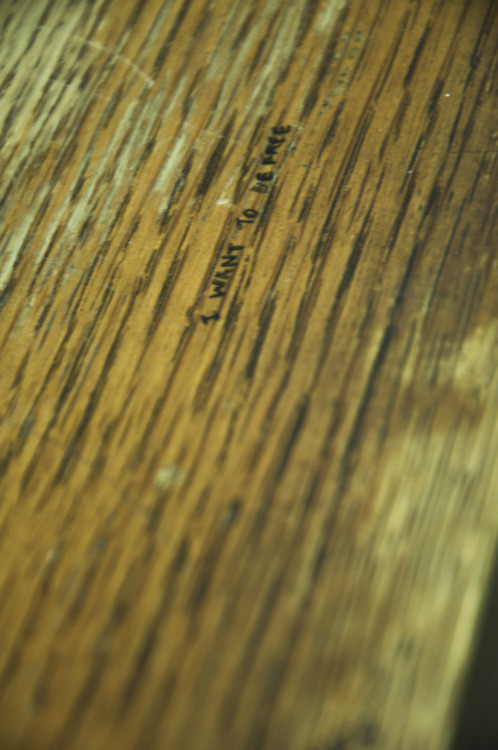
“I want to be free”
@ The Regenstein Library.

“I am the Steppenwolf
-E”
#Wut?
@ The Regenstein Library.
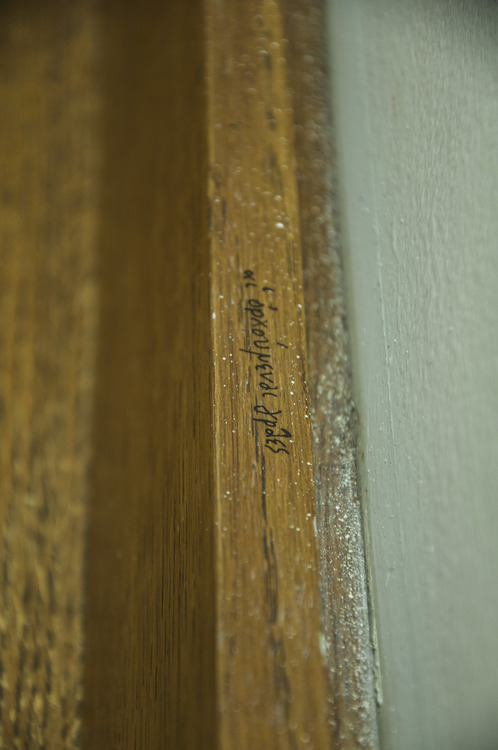
“The dancing old women”
(Greek) Thanks #pekasairroc for the translation!
@ The Regenstein Library.
chistreetart found this little guy chillin’ in Wicker Park. For some reason uchicagoadmissions denied him :*(. *Insert pun involving “coddle” and “caudal” here*.
@Wicker Park
Post link

“Quiero hacer contigo lo que la primavera hace con los cerezos.”
“I want to do with you what the spring does with the cherries.”
~Pablo Neruda
La Primavera esta aqui! Finalmente! <3
@ Harper Memorial Bathroom

Linguistics, University of Chicago
Person marking in Washo as Agreement and clitic movement




